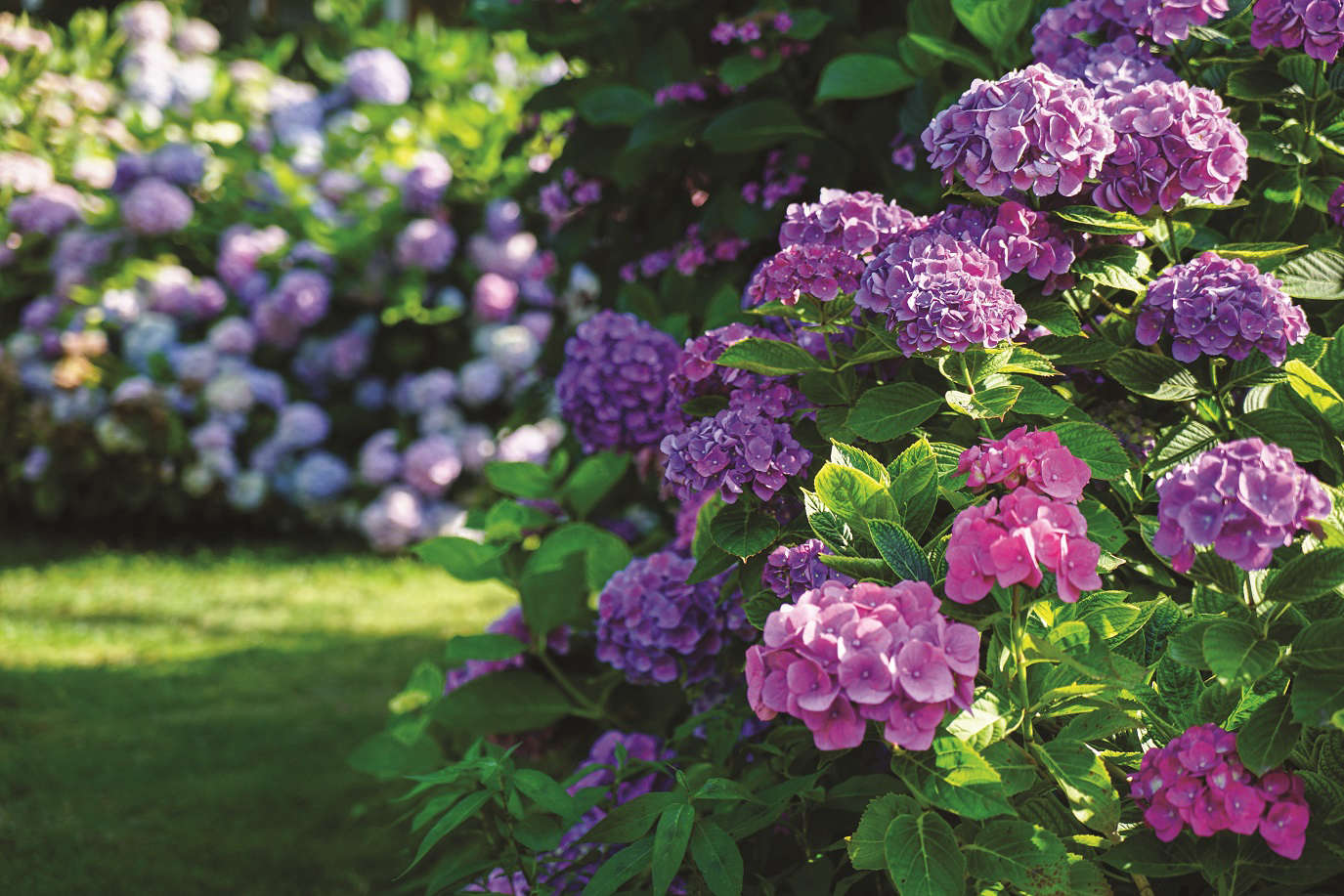
Often dismissed as frumpy and boring, some fabulous new varieties have been added to the hydrangea family. Flo Whitaker urges you to take a second look at these long-lived plants that offer much - and ask for little in return.
After decades languishing on the unfashionable bench, hydrangeas are deservedly back in the spotlight. They’re particularly useful to gardeners as they bring colour when many summer performers have left the stage. Exciting new varieties are now available, (they’re in the garden centres now!) By making a carefully considered selection you can have a succession of flowers from July-October. After flowering, they’ll continue to give interest throughout winter. Faded hydrangea blooms have a subtle charm; turning to dusky shades as autumn approaches. Cut some for indoor decoration, or leave them in situ where they will become bleached and desiccated but still retain pleasing architectural shapes. Old flowerheads also have a practical use as they protect new shoots from frost, so, if you’re a member of the secateur-happy brigade, curb your urges until April before deadheading.
Hydrangeas are mostly pest and trouble-free. They seldom need radical pruning, but can be cut back by a third in spring if necessary. An annual feed of general-purpose fertiliser and a thick mulch is probably the only maintenance they’ll require all year, however, it’s really important to give them the right environment, so choose the planting site carefully.
In the wild, hydrangeas are woodland plants; growing in dappled shade in soil that’s enriched with moisture-retaining leaf mould. If you can replicate these conditions, they will thrive. Some varieties are more sunshine tolerant, providing the soil remains cool and damp, (but never waterlogged!)
Patio pots are challenging environments for hydrangeas. Be vigilant with the watering and avoid metal containers which will become hot in summer, warm the soil and stress the roots. In a heatwave, hydrangeas can flop alarmingly but will recover in cooler temperatures overnight. Plants such as hydrangeas and acers greatly prefer rainwater to mains water - give them priority if your water butts are running low.
Some flowers have unstable colour pigments. Hydrangeas are notorious in this regard as they’re super-sensitive to localised soil types and environmental conditions. Just because your neighbour gave you a cutting from their hydrangea doesn’t necessarily mean your plant will produce blooms in identical shades.
It is possible to change the colour of hydrangea flowers by manipulating soil conditions. Pink flowers can be turned blue/lilac by regular applications of proprietary iron and aluminium compounds - but it’s difficult to turn blue flowers pink as this requires adding an alkaline to the soil, (usually crushed lime.) Hydrangeas, favouring acidic loam, seldom take kindly to this imposition and sulk. It’s tempting to assume ‘neutral’ white varieties can be turned any colour. No. Bereft of colour pigments, they’ll remain white forever - and good for them, frankly. Life is too short to be faffing about with a soil chemistry set and obsessing about flower colour. I’d rather be gardening.

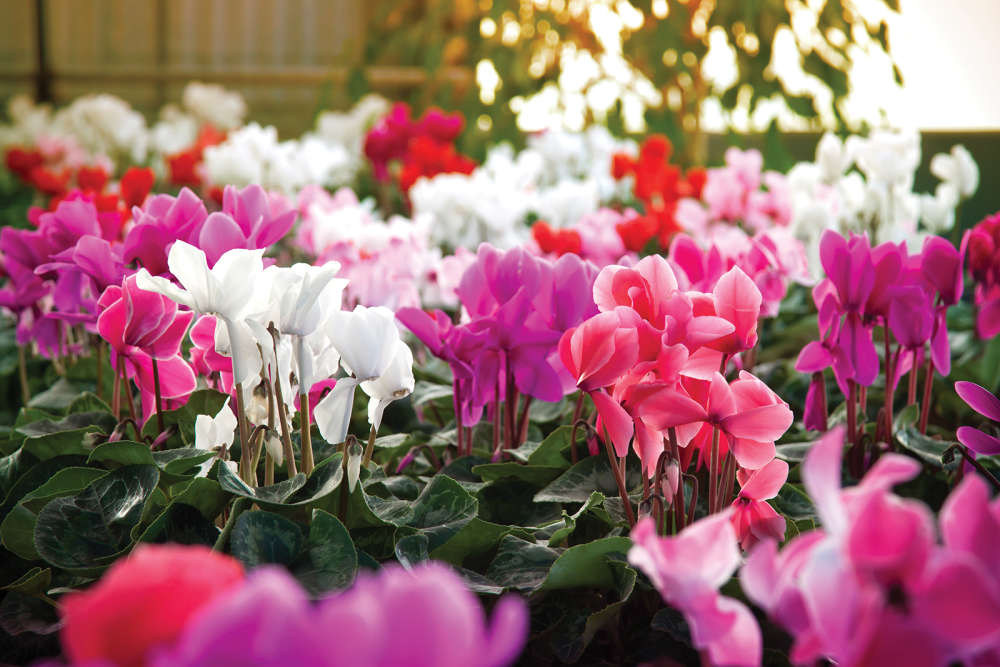 Blooming Times: Winter Sparklers
Blooming Times: Winter Sparklers
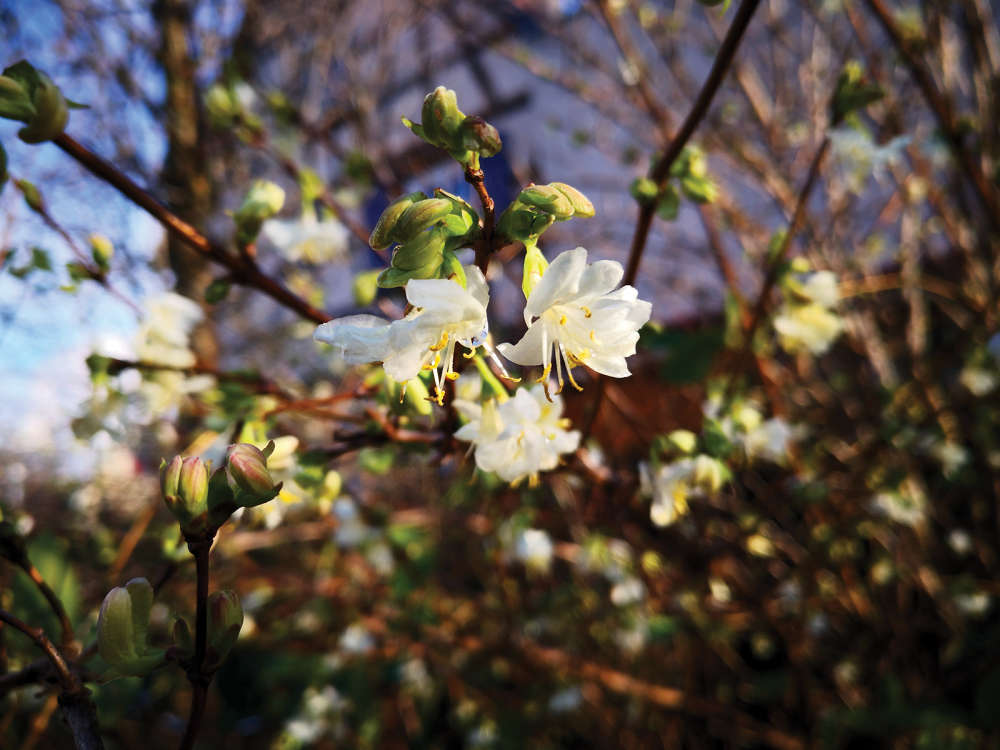 Blooming Times: Winter Wonders
Blooming Times: Winter Wonders
 Blooming Times: The Answer Lies in the Soil
Blooming Times: The Answer Lies in the Soil
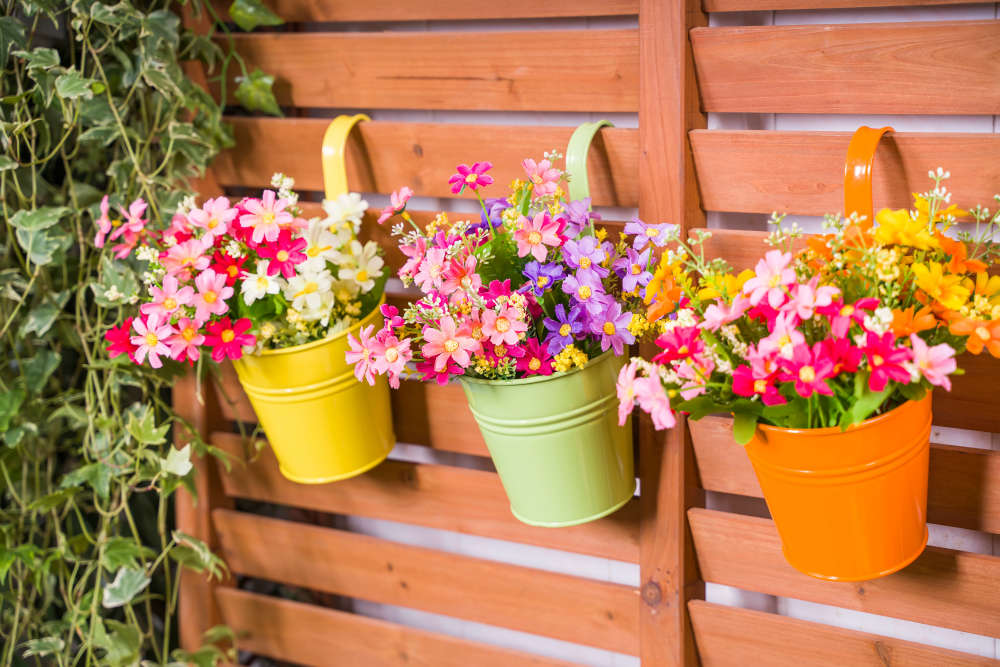 How to Cover Up Shabby Garden Walls and Fences
How to Cover Up Shabby Garden Walls and Fences
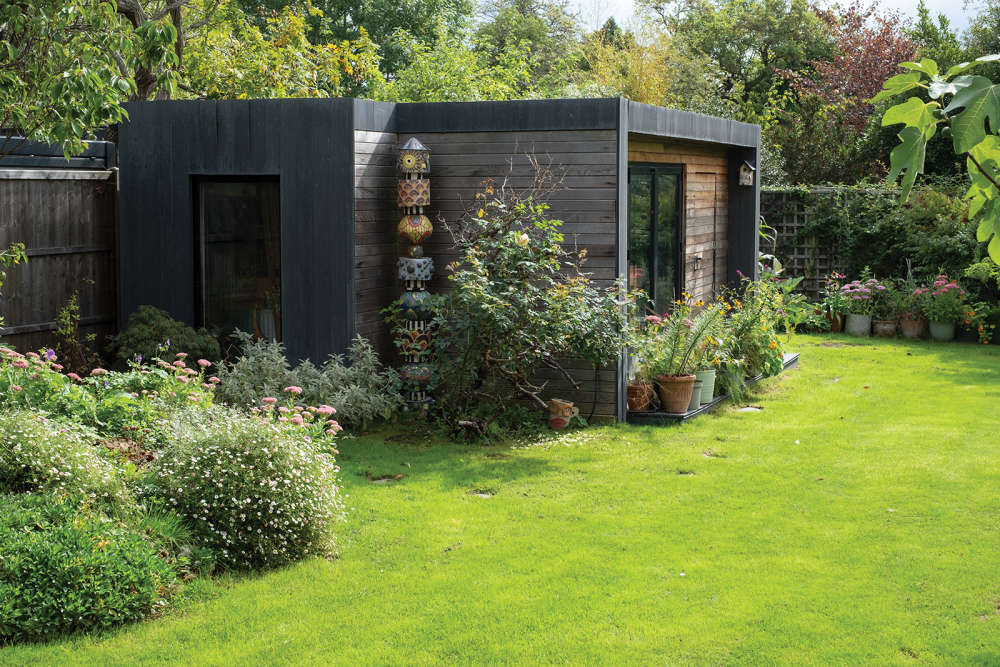 Homes Extra: Shed Space
Homes Extra: Shed Space
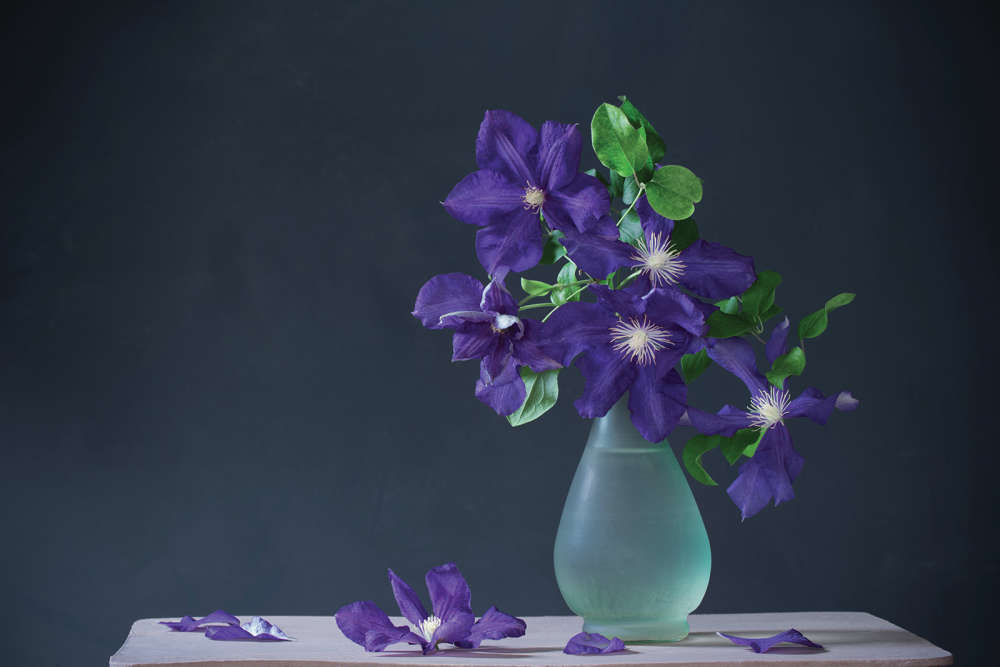 Gardening: Choose a Clematis for Every Month of the Year
Gardening: Choose a Clematis for Every Month of the Year
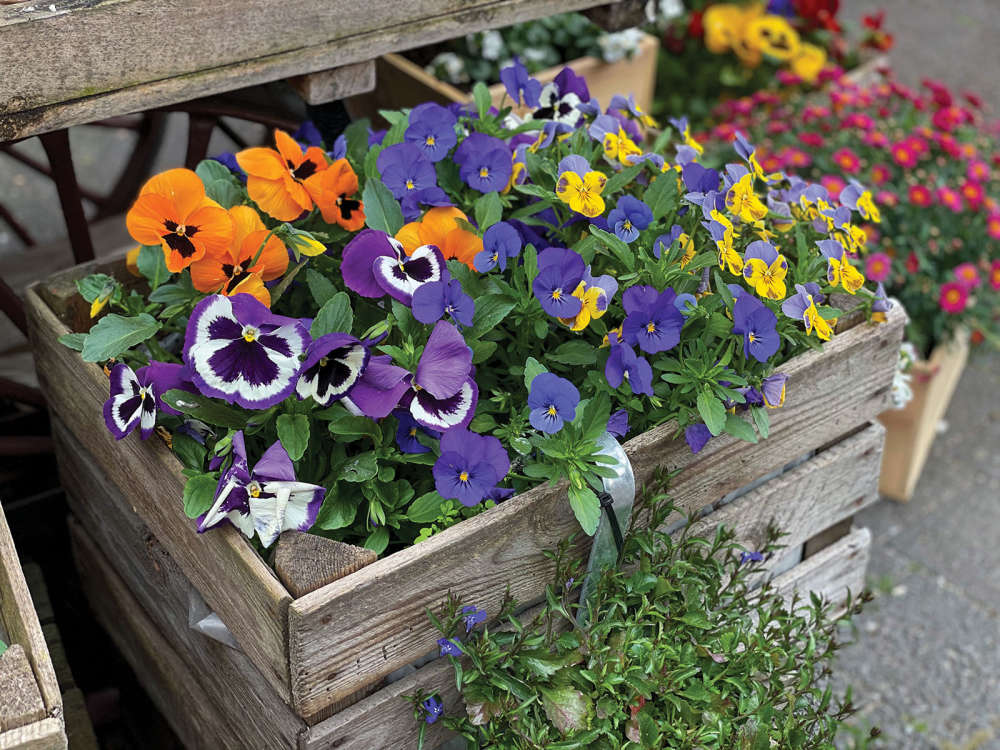 Blooming Times: Top of the Pots
Blooming Times: Top of the Pots
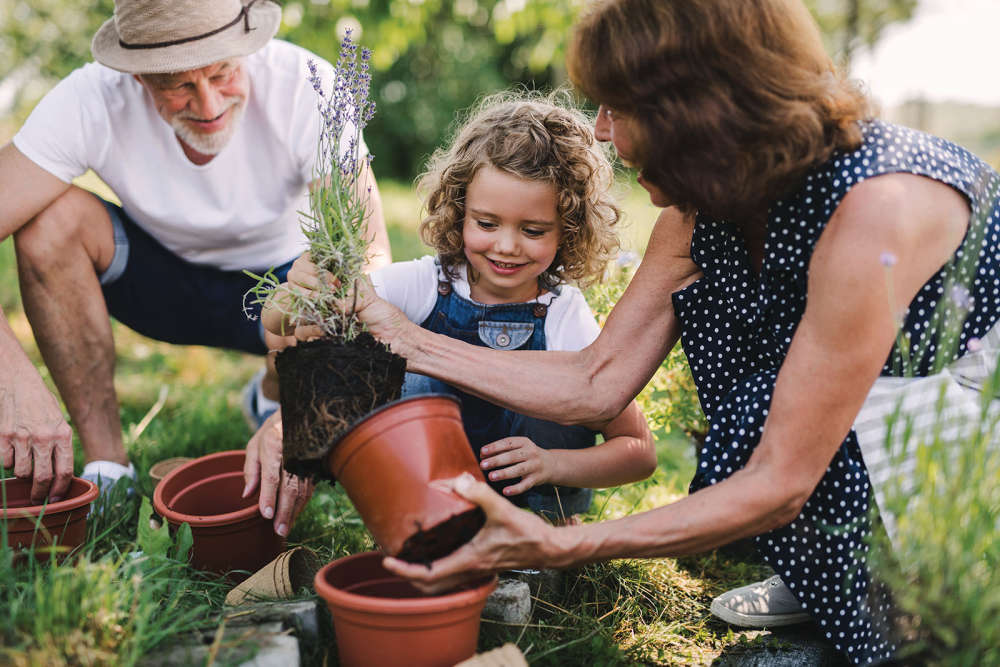 Kids Zone: Get the Kids Growing
Kids Zone: Get the Kids Growing
 Blooming Times: Wisteria Hysteria
Blooming Times: Wisteria Hysteria
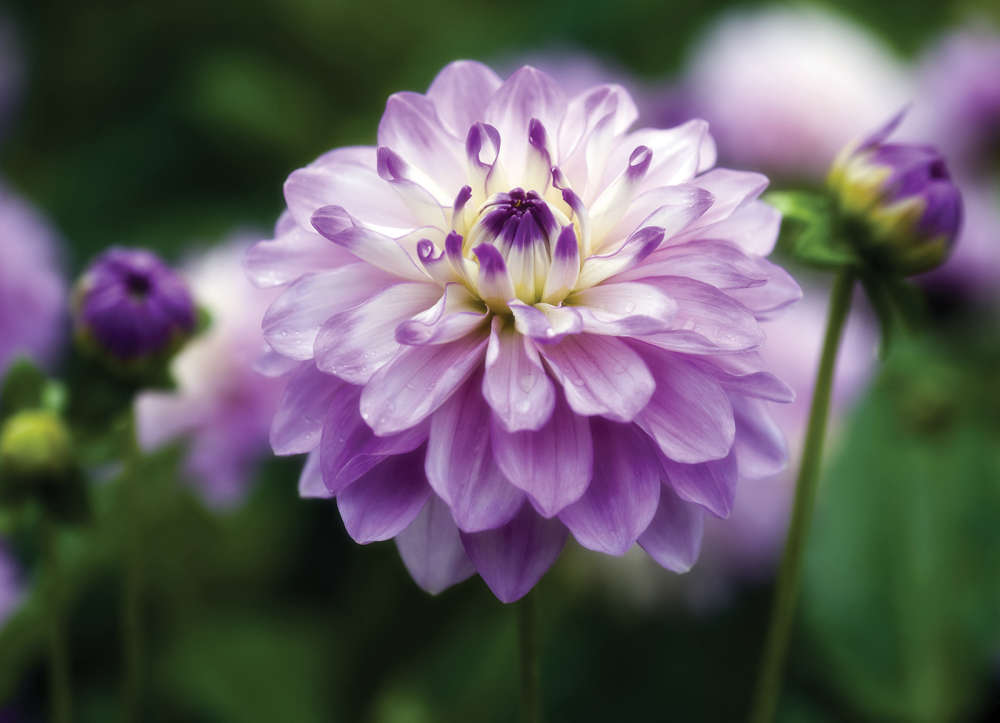 Blooming Times: Dahlia Mania
Blooming Times: Dahlia Mania
 How to Create 3D Walls in Your Home
How to Create 3D Walls in Your Home
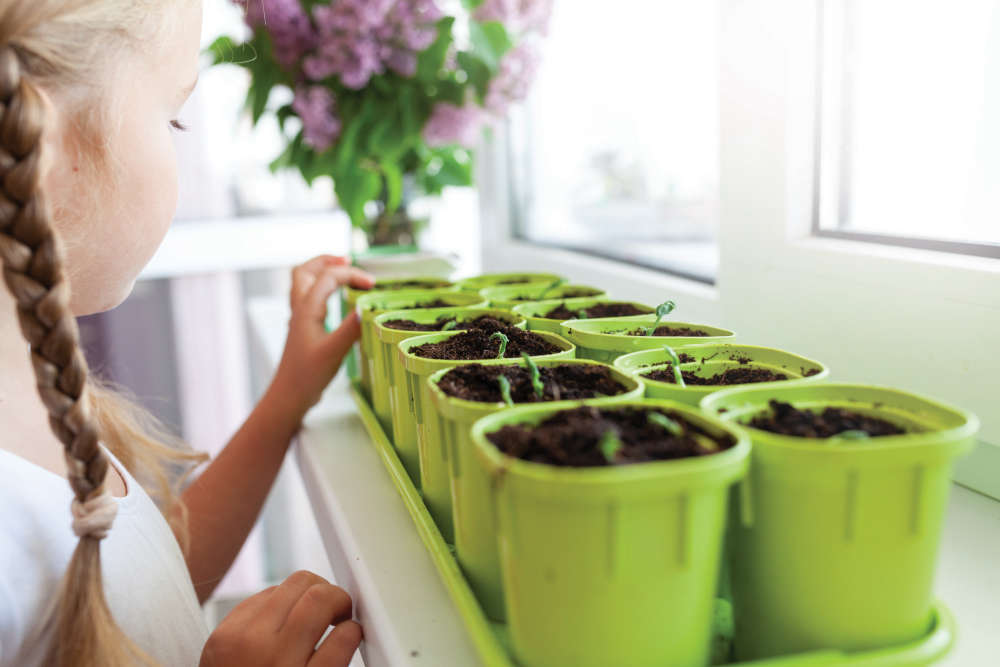 Blooming Times: Spring Fever
Blooming Times: Spring Fever
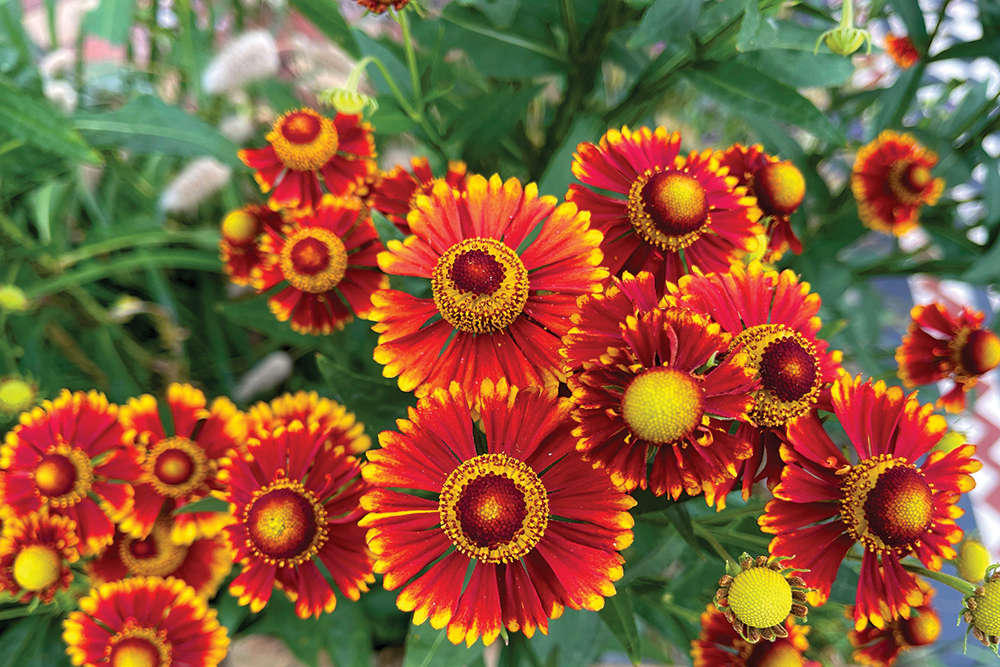 Blooming Times: What's in a Name?
Blooming Times: What's in a Name?
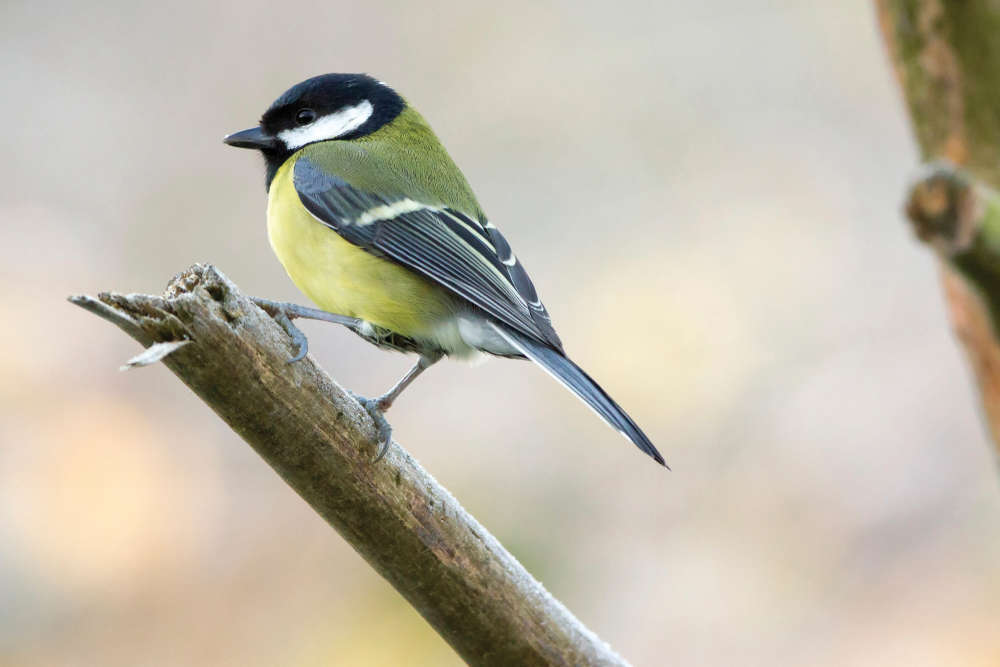 Top 10 Garden Birds to Spot on the Isle of Wight
Top 10 Garden Birds to Spot on the Isle of Wight
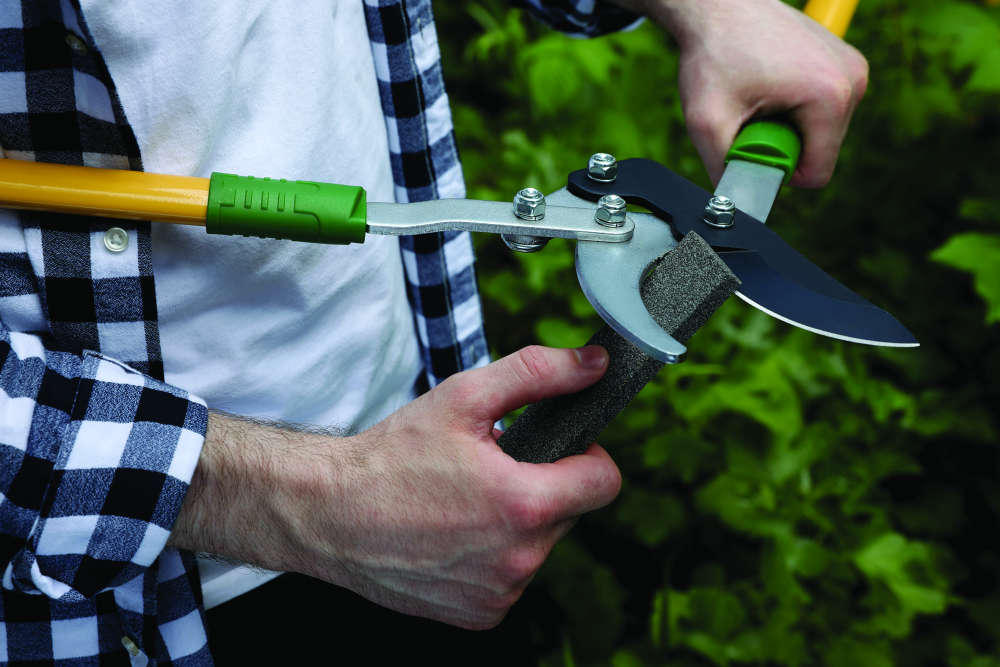 The Best Christmas Gifts for Gardeners
The Best Christmas Gifts for Gardeners
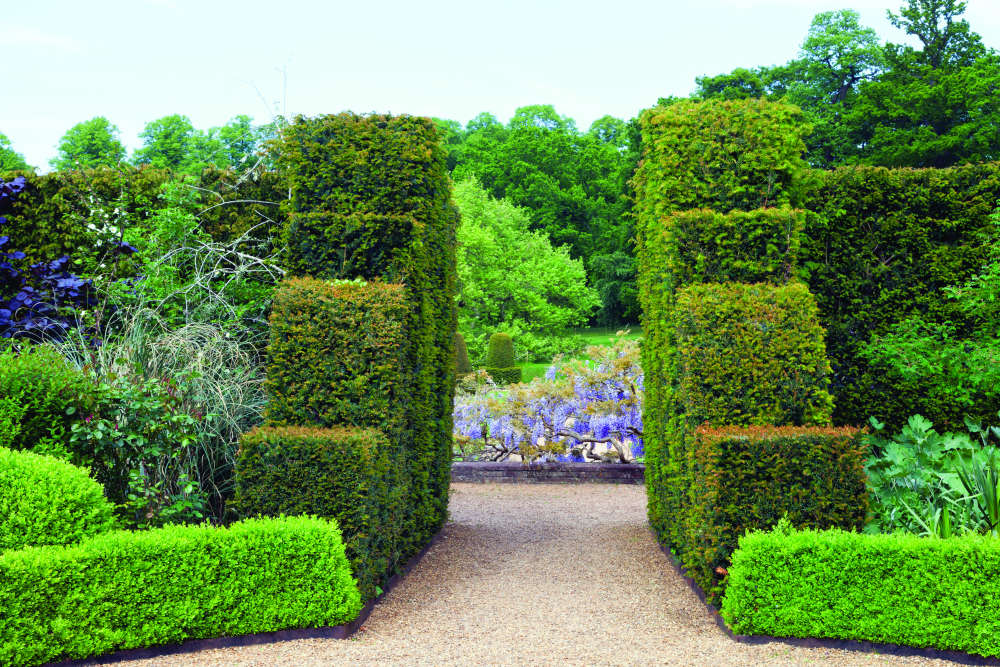 Gardening: The Benefits of Hedges
Gardening: The Benefits of Hedges
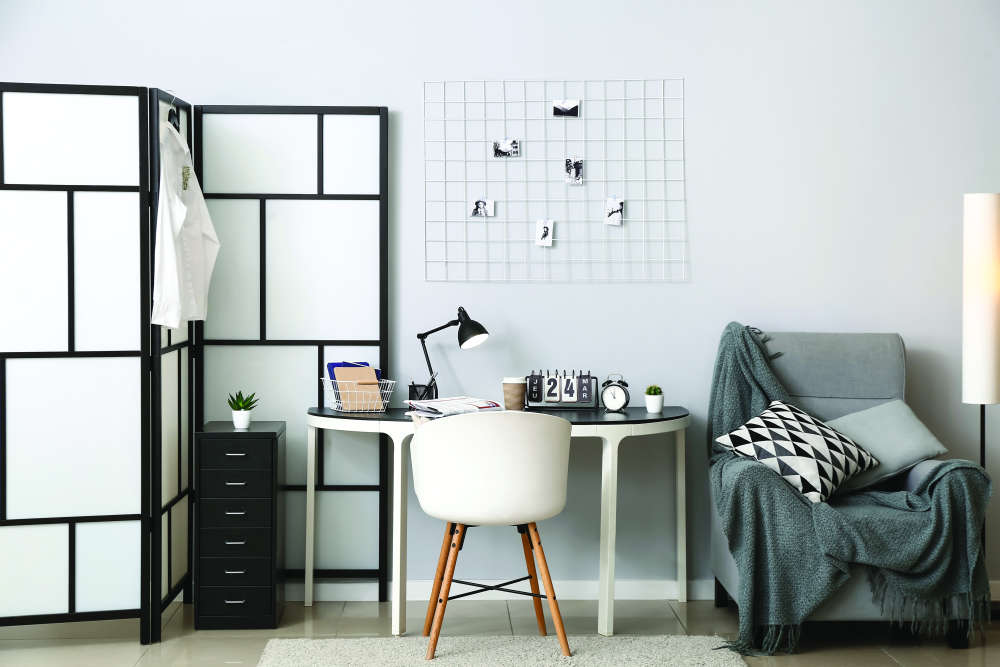 How to Create a Happy Home Workspace
How to Create a Happy Home Workspace
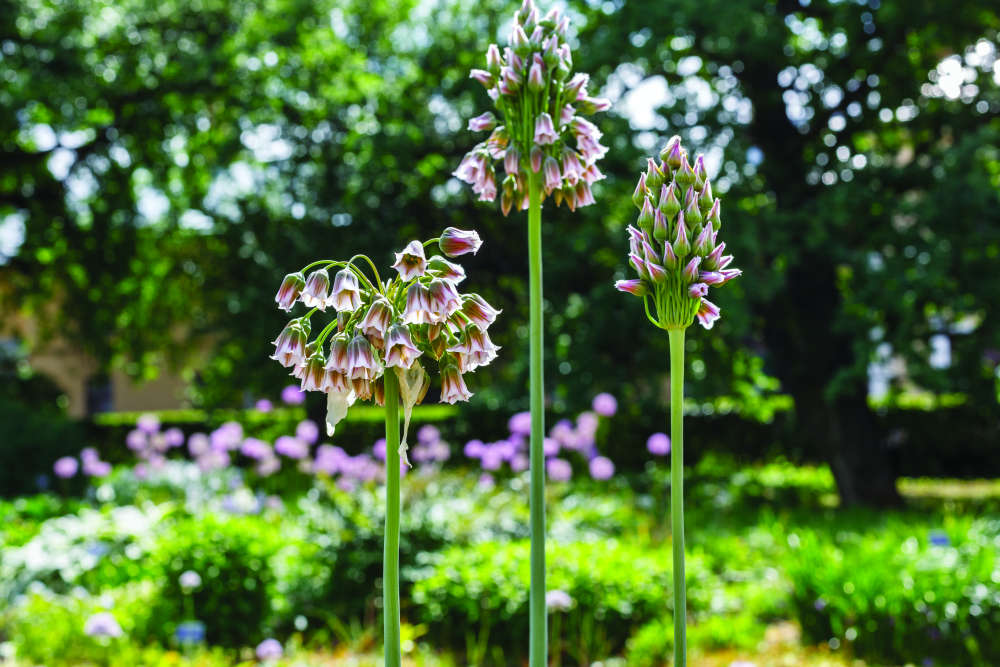 Now's the Time to Plant Alliums for a Spectacular Display Next Year
Now's the Time to Plant Alliums for a Spectacular Display Next Year
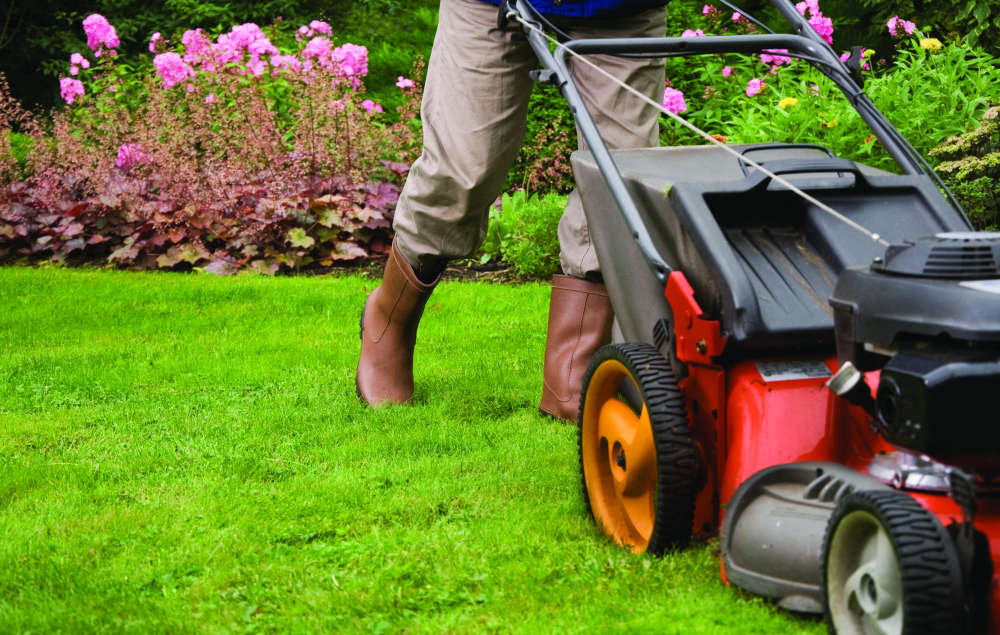 Gardening Facts or Fictions?!
Gardening Facts or Fictions?!
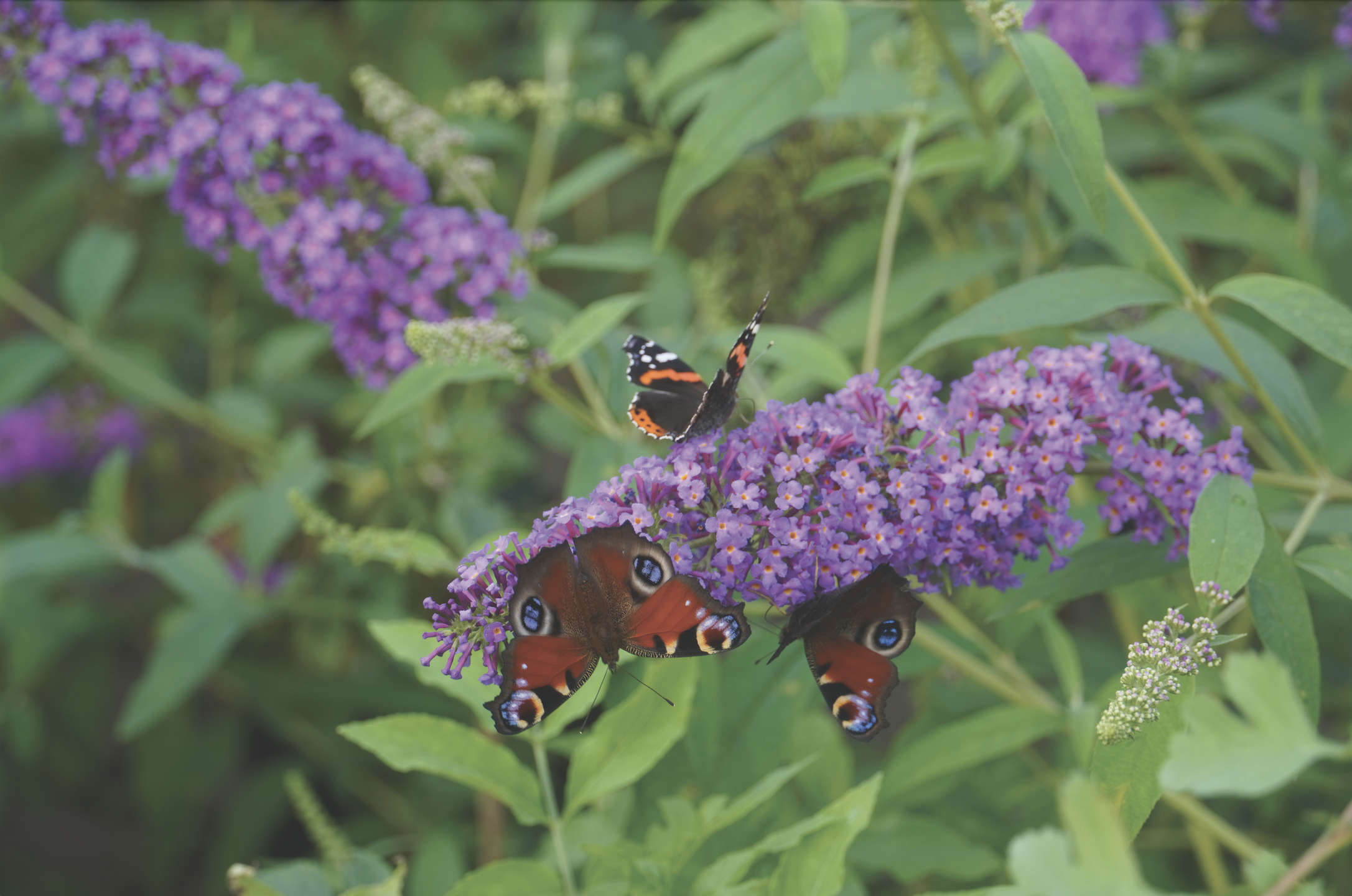 Fill The Gaps in Your Garden With Stunning Shrubs
Fill The Gaps in Your Garden With Stunning Shrubs